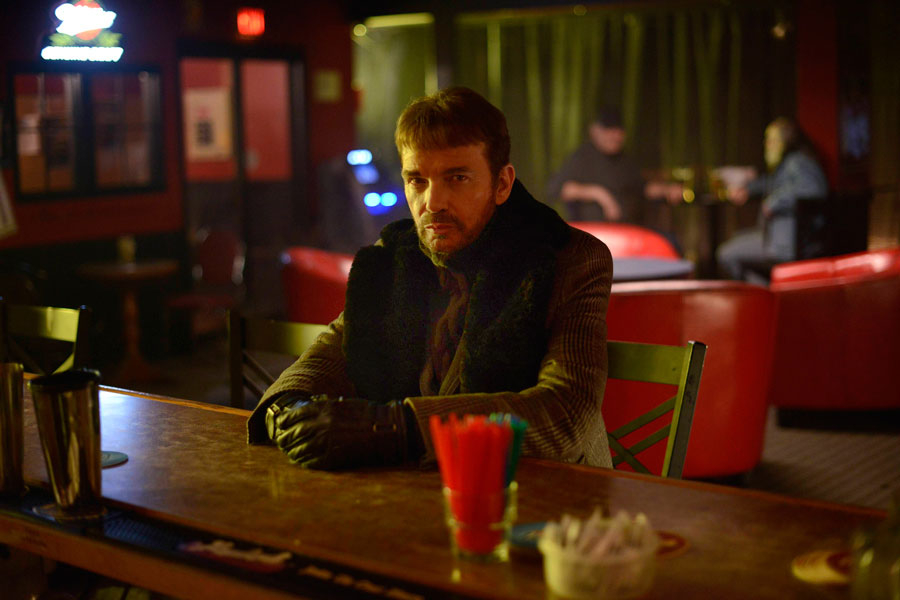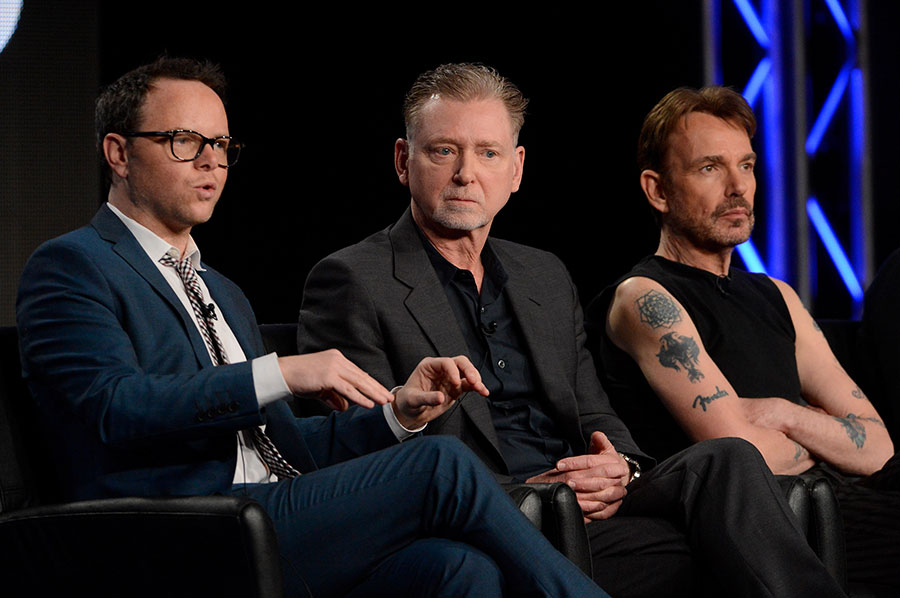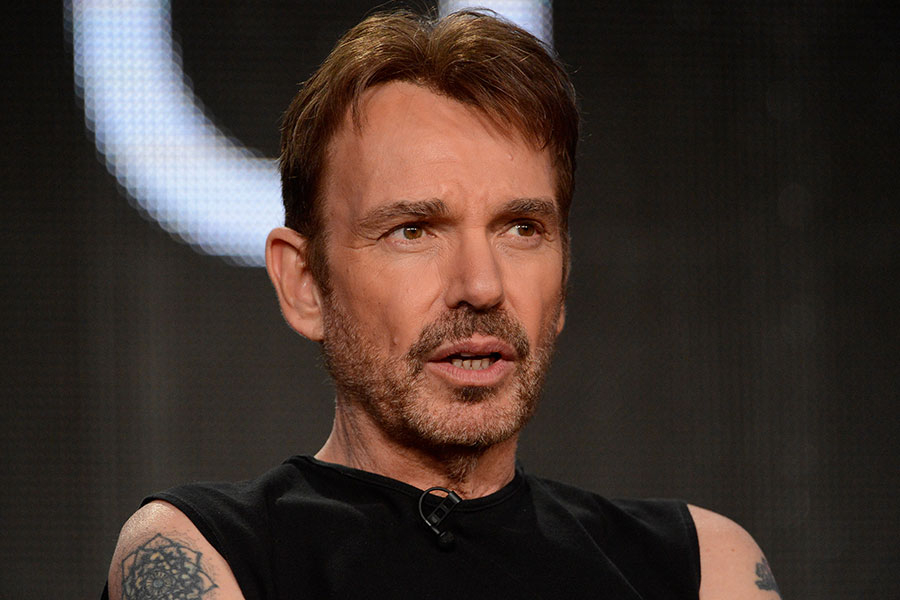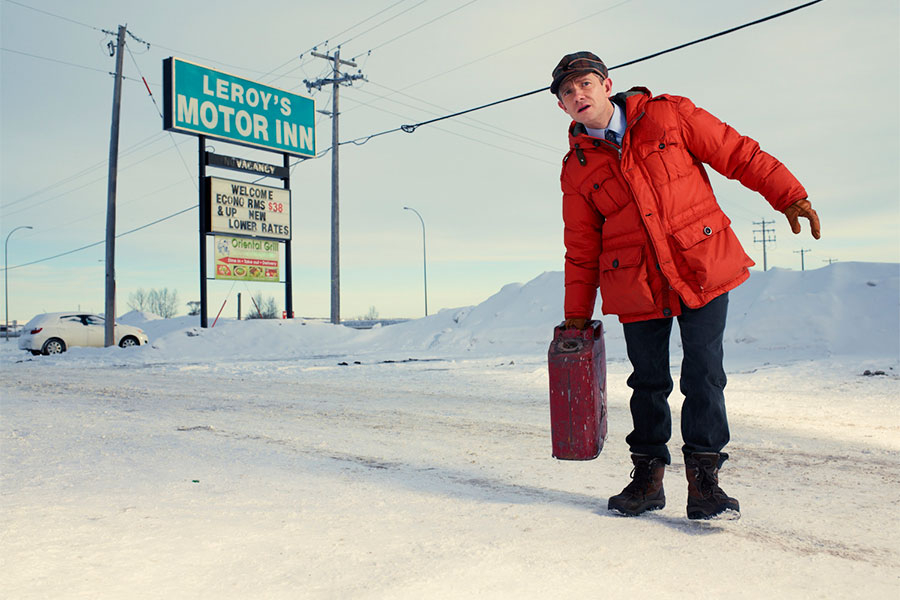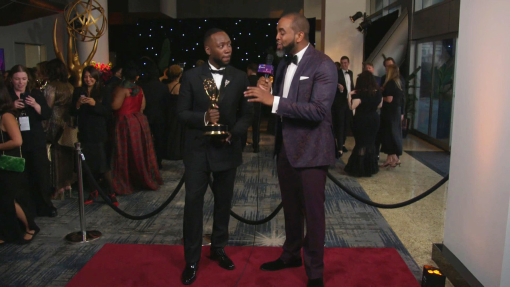The third time making a play for TV is apparently the charm for Fargo.
After a couple of attempts to turn Joel and Ethan Coen's 1996 Oscar-winning movie into a television program — first in 1997 and again in 1998 with pilots starring Edie Falco and directed by Kathy Bates — FX network's new Fargo series, starring acclaimed actor Billy Bob Thornton as mysterious hitman Lorne Malvo, debuted Sunday night to 2.65 million viewers.
Time-shifters have pushed the first episode’s draw to more than 4 million total and counting.
Capturing the spirit, mood and tone of the movie, this new take is liberated with entirely new characters and an entirely new crime.
Executive producer Noah Hawley, who previously created My Generation and The Unusuals, wrote all 10 episodes for this cycle and structured the show as an anthology — not unlike Ryan Murphy's American Horror Story. If Fargo goes for a second season, it would again feature new characters and a new crime.
There are really no small roles here, in Hawley's opinion, and the team carefully cast each. At the recommendation of the Coen brothers, who also serve as executive producers on the series, Hawley enlisted casting director Rachel Tenner (who had done local casting for the original film) to assemble the players.
Some big names were up for the part of Molly Solverson, according to Warren Littlefield (also a series executive producer). Yet Tenner nudged the producers consider little-known Chicago actress Allison Tolman, who arrived armed with the mind-blowing audition tape and whom Littlefield later declared "is" Molly.
The challenge was not to find an actress who could match Frances McDormand's surefooted, seasoned (and very pregnant) officer of the film, but to discover the right actress to embody an upstart deputy and carry a major television series, along side some formidable castmates.
Also key to the production were shooting in Calgary, which represented the blistering Minnesota cold, and capturing the distinct speech pattern and accent of the residents.
“One of the things that seemed integral to the movie was the sort of inability to communicate,” Hawley told Television Critics Association members during their press confab in Pasadena, California earlier this year. “There’s a sort of brokenness to the way that people communicate, a lot of stopping and starting.”
Actors Thornton, Tolman, Martin Freeman, Colin Hanks, Bob Odenkirk, and Kate Walsh worked with a dialect coach. “He would point out those phrases and say, ‘You said a full word here. Don’t do that. You need to say the not full word,’” said Tolman, who plays Officer Molly Solverson on the series.
But Fargo, which vacillates smoothly between dark humor and serious drama, or “cragedy” as Hawley called it, could not play the accent for laughs.
Hawley, who used 4 writers to help him with the story, employed an accent jar in the writer’s room. “If you used the accent when pitching an idea, you had to put a dollar in the jar,” he said.
Also important to developing this series was capturing a kind of "innocence and small-townness" that made fans of the movie Fargo feel so good.
“I felt like, at the end of the movie, what really made the movie so satisfying was when Marge [Frances McDormand] gets in bed at the end after this very strange and violent case that she’s just investigated, we know that tomorrow she’s going to wake up and it’s going to be a normal day,” Hawley observed.
Relishing the chance to inhabit the skin of drifting killer Malvo in the Fargo television series, Thornton finds great appeal in "playing a guy who has no conscience."
"He has this weird sense of humor. He likes to mess with people," Thornton said. "As we went along I started thinking, he's a loner, so messing with people is actually his social life, his recreation."
The Oscar winner has also observed that television is providing creative opportunities that theatricals largely do not at the moment: “When I was coming up, if you went to television from film, it meant something was wrong, and now it’s the opposite.”
As Thornton recalls, the movies he and his peers were accustomed to working in throughout the 1980s, 1990s and into the early 2000s were mid-level movies for studios and higher-budget independent films – a sector of the film business which “doesn’t really exist anymore.”
“The motion picture studios make big event movies, and they make broad comedies," he continued, "and they make action movies and movies about where evidently vampires are all models.”
“If you want to be an actor,” Thornton advised, “get on a really good series on television because that’s where it’s at.”
•
Melissa Byers also contributed to this story.

